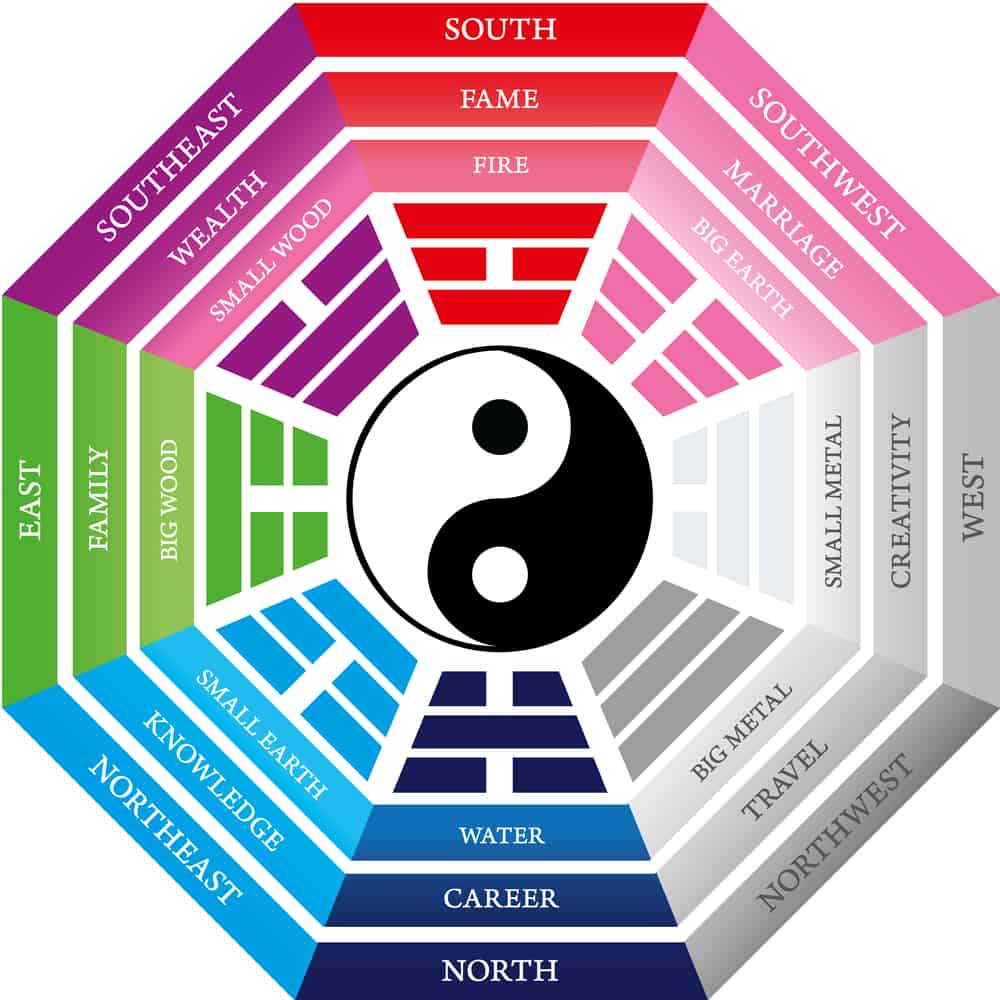Whether your business is a new start-up or an established company, the company culture you establish and the office atmosphere you create are vital to the success of your business venture. Companies that spend a good deal of time focused on company culture and atmosphere have a history of huge success. Zappos is one of the prime examples of this. Even if you are just starting out and you only have one employee, this is the time to start your company culture and build a great office space from the ground up. Here are tips on how to create that cool vibe and relaxing, yet efficient office space.

Feng Shui Design
It may sound like a strange superstition, but if there wasn’t anything to Feng Shui then fortune 500 companies like Disney, Universal Studios, Citibank, Kellogg, Hyatt Hotels, Mandarin Oriental Hotel, Sony, and The Trump World Tower would not be utilizing it. These companies not only employ Feng Shui design techniques, but they continually boast about the positive results.
How can Feng Shui apply to your office and what is it exactly?
Fen Shui is an ancient Chinese art of setting up your surroundings in such a way to help your life energy, or chi, to flow freely about. It works for homes and businesses alike and can help the business overall as well as each individual’s goals. Feng Shui can help your office space by allowing each person to set up their space to focus on achieving their goals. Feng Shui uses the 5 elements fire, water, earth, metal, and wood. The 5 elements can also be represented by color and placement of these elements or colors in the correct areas of the office help the energy flow towards the respective areas of your life or business. Feng Shui design also results in a clutter free environment. A reduction in clutter has been proven to improve memory and retention.
What do Colors Mean?
Colors are often a hot topic in the psychology of design. This is because it has been proved that certain colors actually help improve productivity and efficiency. Green and blue are widely regarded as the best colors to use in an office space. Blue is calming and represents trustworthiness. Color design experts advise to include splashes of other colors with blue into the office space. Shapes, strips, or designs of orange or yellow to break up the blue ensure that there is not too much blue that will relax employees into a lethargic state. Green is the color of health and earth. Since green does not cause eye fatigue, green desks are often recommended to keep people on the “go†without wearing them out. A color design expert can interview your entire staff and help consult with you on the best shades of particular colors that blends best with the personalities in your office. Since there are so many different shade possibilities, picking the right one can be quite a challenge. Yellow and orange are usually used as accent colors in moderation. Yellow represents sunshine but can cause eye fatigue. Orange is usually a playful and invigorating color. Red is the color of passion and is a great motivator if your employees have physical tasks to complete; looking at red actually elevates the heart rate. Red represents fire and this is the reason behind the saying “lighting a fire under someoneâ€; however, it is important to use caution because too much red can lead to fatigue and even anger.
Tying it into the Company Culture
Whatever type of company culture you wish to establish, the important thing is to be precise about it. Write down your company culture and be as specific as possible. Guidelines are necessary to clearly outline what is expected and allowed, as well as what is not allowed. A company culture that is not well defined will be confusing to employees and staff and will not be able to fully develop. For example, part of your company culture can include dressing uniformly with polo shirts from GoPromotional.com. This is an excellent way to keep everyone looking professional and acting professional too. Each year, you should re-evaluate your company culture guidelines and make sure that reality is in line with your description on paper. In addition, polling staff during quarterly or annual reviews will help give you some insight to see if your company culture experience for them is matching up with your vision.